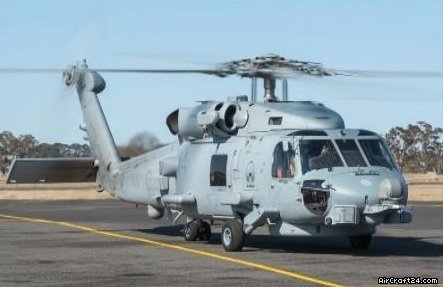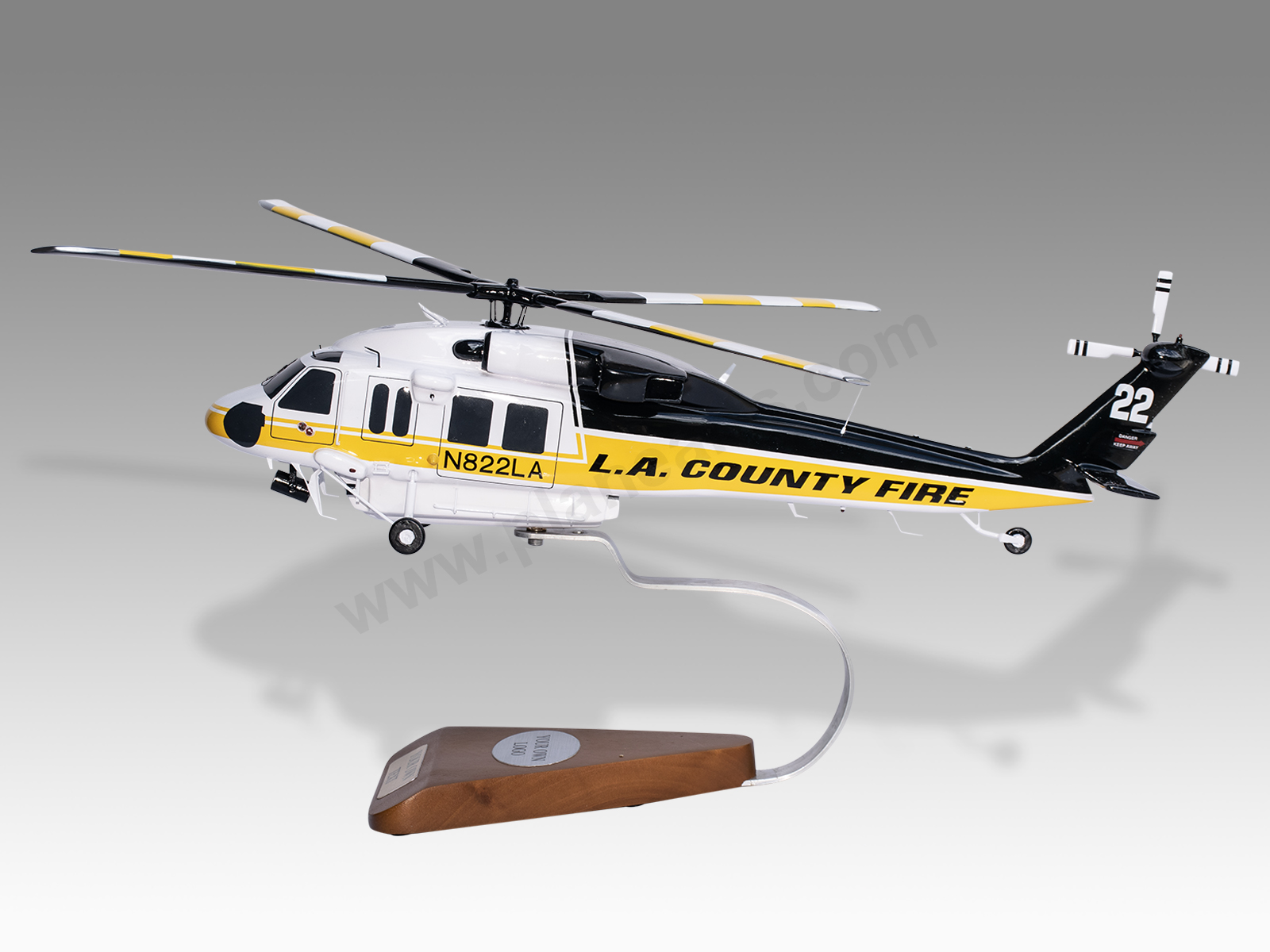A Consider the Sikorsky S 70's Duty in Army and Civil Aviation
A Consider the Sikorsky S 70's Duty in Army and Civil Aviation
Blog Article
High-Performance Multi-Role Rotorcraft Featuring Advanced Cabin Technologies and Integrated Sensing Unit Equipments
The world of rotorcraft modern technology has seen remarkable developments in recent times, specifically in the world of high-performance multi-role rotorcraft outfitted with sophisticated cockpit innovations and flawlessly incorporated sensing unit systems. These innovations have not only boosted the functional capacities of rotorcraft yet have likewise substantially influenced contemporary aeronautics operations on different fronts. From improved mission versatility to improved operational effectiveness, the convergence of advanced cockpit modern technologies and integrated sensor systems has actually introduced a brand-new age of possibilities for rotorcraft applications. In the complying with conversation, we will certainly check out the advancement of rotorcraft innovation, explore the world of innovative cabin innovations, and analyze the effects of integrated sensing unit systems on the functional convenience and performance of contemporary rotorcraft.
Development of Rotorcraft Technology
The evolution of rotorcraft modern technology has been marked by substantial developments in aerodynamics, materials, and propulsion systems, forming the capacities and efficiency of modern-day rotorcraft. Aerodynamic enhancements have improved the effectiveness and ability to move of rotorcraft, permitting increased rate, agility, and stability during trip (sikorsky s 70). Innovations in products, such as making use of composite products and advanced alloys, have led to lighter yet more powerful rotorcraft frameworks, enhancing total performance and sturdiness. Additionally, improvements in propulsion systems, consisting of more powerful engines and cutting-edge propulsion innovations, have enabled rotorcraft to achieve greater altitudes, faster rates, and greater hauls.
These innovations have not just transformed the capacities of rotorcraft however have also broadened their applications throughout various sectors, consisting of armed forces, business, and emergency situation solutions. The continuous evolution of rotorcraft innovation proceeds to drive technology in the area, pressing the limits of what is possible and shaping the future of vertical flight.
Advanced Cockpit Innovations
Structure upon the fundamental innovations in the rules of aerodynamics, materials, and propulsion systems, the world of rotorcraft modern technology now moves emphasis in the direction of pioneering Advanced Cockpit Innovations. The combination of innovative innovations within the cockpit environment plays an essential duty in enhancing the operational capacities, safety, and efficiency of contemporary rotorcraft. sikorsky s 70. Advanced Cabin Innovations include a broad variety of functions created to offer pilots with boosted situational awareness, streamlined data monitoring, and user-friendly control interfaces
One of the key innovations in cabin design is the application of glass cabins, which change traditional analog determines with high-resolution screens. These electronic systems provide personalized layouts, real-time data combination, and boosted readability, allowing pilots to access vital details at a glimpse. Furthermore, progressed avionics systems, such as fly-by-wire controls and boosted reality displays, are transforming just how pilots communicate with the airplane, permitting specific control and improved decision-making capacities.


Incorporating innovative cabin innovations not just boosts pilot efficiency but also adds to overall objective performance and security in complicated operational environments. By leveraging cutting edge modern technologies within the cabin, rotorcraft makers are establishing brand-new requirements for operational excellence and goal success.
Integrated Sensing Unit Solutions
With the development of rotorcraft modern technology, the integration of sophisticated Integrated Sensor Solution has become paramount in improving functional performance and security. These Integrated Sensing unit Solutions incorporate a large array of innovations that offer crucial information for different functions such as navigating, security, targeting, and ecological surveillance. By perfectly incorporating sensing units like radars, cams, lidar, and infrared systems into rotorcraft, operators can benefit from boosted situational understanding, boosted mission abilities, and lowered pilot workload.
One key find out benefit of Integrated Sensor Equipments is their ability to collect real-time data and give actionable insights to pilots and objective operators. Progressed radar systems can find and track targets over long ranges, permitting for early threat discovery and efficient action preparation. Additionally, integrating electro-optical and infrared video cameras enables rotorcraft to conduct reconnaissance and monitoring missions with precision and precision.
Basically, the assimilation of cutting-edge sensing unit innovations into rotorcraft not only boosts operational effectiveness yet additionally adds considerably to overall mission success and crew security. As rotorcraft remain to evolve, the duty of Integrated Sensing unit Solution will definitely stay at the center of technology in the aerospace sector.
Functional Flexibility and Performance
Enhancing operational versatility and performance in rotorcraft is a natural development from the combination of innovative Integrated Sensor Equipments. By leveraging the understandings and data given by these innovative sensor systems, rotorcraft can maximize their efficiency throughout different goals and environments.
Functional flexibility incorporates the capability of rotorcraft to adjust to different roles and circumstances effectively. With advanced cabin innovations and integrated sensor systems, rotorcraft can perfectly shift in between jobs such as search and rescue, clinical emptying, monitoring, and much more. This versatility enhances the rotorcraft's capability to fulfill varied functional needs without requiring extensive reconfiguration.
Performance in rotorcraft procedures is essential for taking full advantage of mission effectiveness and resource application. Integrated sensor systems play a pivotal role in enhancing operational performance by giving real-time data on climate condition, terrain mapping, target tracking, and a lot more. This information enables pilots to make enlightened decisions quickly, optimize flight paths, preserve gas, and improve general objective performance.
Effect On Modern Aviation Workflow

Furthermore, the integration of sophisticated sensors facilitates improved goal preparation and implementation, allowing rotorcraft to do a variety of tasks with enhanced accuracy. From search and rescue procedures to aerial firefighting and legislation enforcement objectives, the capabilities of modern rotorcraft equipped with innovative cabin technologies and incorporated sensing unit systems are exceptional.
In addition, the influence of these advancements prolongs beyond functional efficiency to cost-effectiveness and sustainability. By enhancing flight paths, browse this site fuel usage, and upkeep routines, high-performance rotorcraft equipped with sophisticated cockpit innovations and sensors add to minimizing functional costs and ecological effect, making them essential possessions in modern aeronautics operations.
Conclusion
In conclusion, the high-performance multi-role rotorcraft with innovative cockpit modern technologies and integrated sensing unit systems stands for a substantial advancement in aviation innovation. These technologies boost functional convenience and efficiency, ultimately influencing contemporary air travel operations in a positive method. The integration of these sophisticated modern technologies enables for enhanced capacities and performance in numerous mission situations, showcasing the proceeded advancement of rotorcraft modern technology in the aviation market.
The realm of rotorcraft innovation has seen noteworthy developments in recent times, particularly in the realm of high-performance multi-role rotorcraft equipped with innovative cabin technologies and seamlessly incorporated sensing unit systems. From boosted goal flexibility to improved operational efficiency, the convergence of advanced cabin modern technologies and incorporated sensor systems has actually ushered in a brand-new age of possibilities for rotorcraft applications. In the adhering to conversation, we will discover the development of rotorcraft modern technology, delve right into the realm of innovative cockpit developments, and analyze the effects of integrated sensing unit systems on the operational convenience and efficiency of contemporary rotorcraft.

Report this page